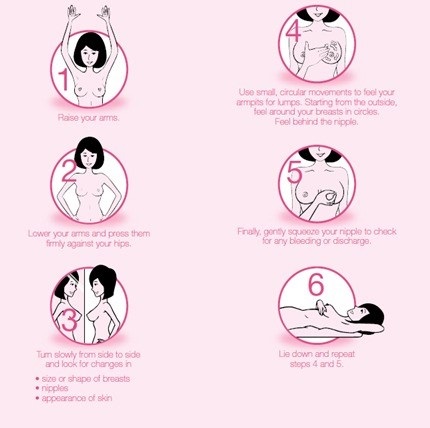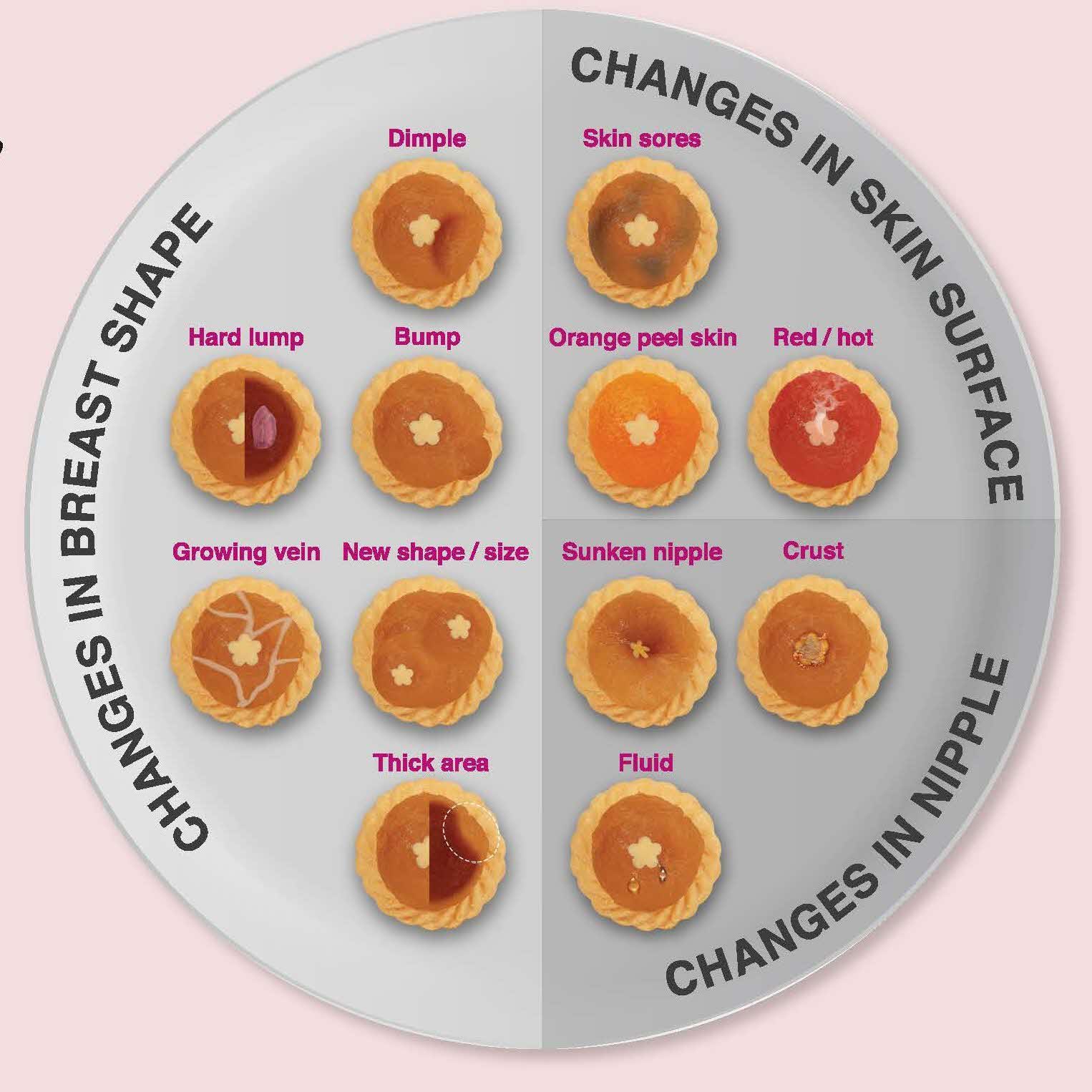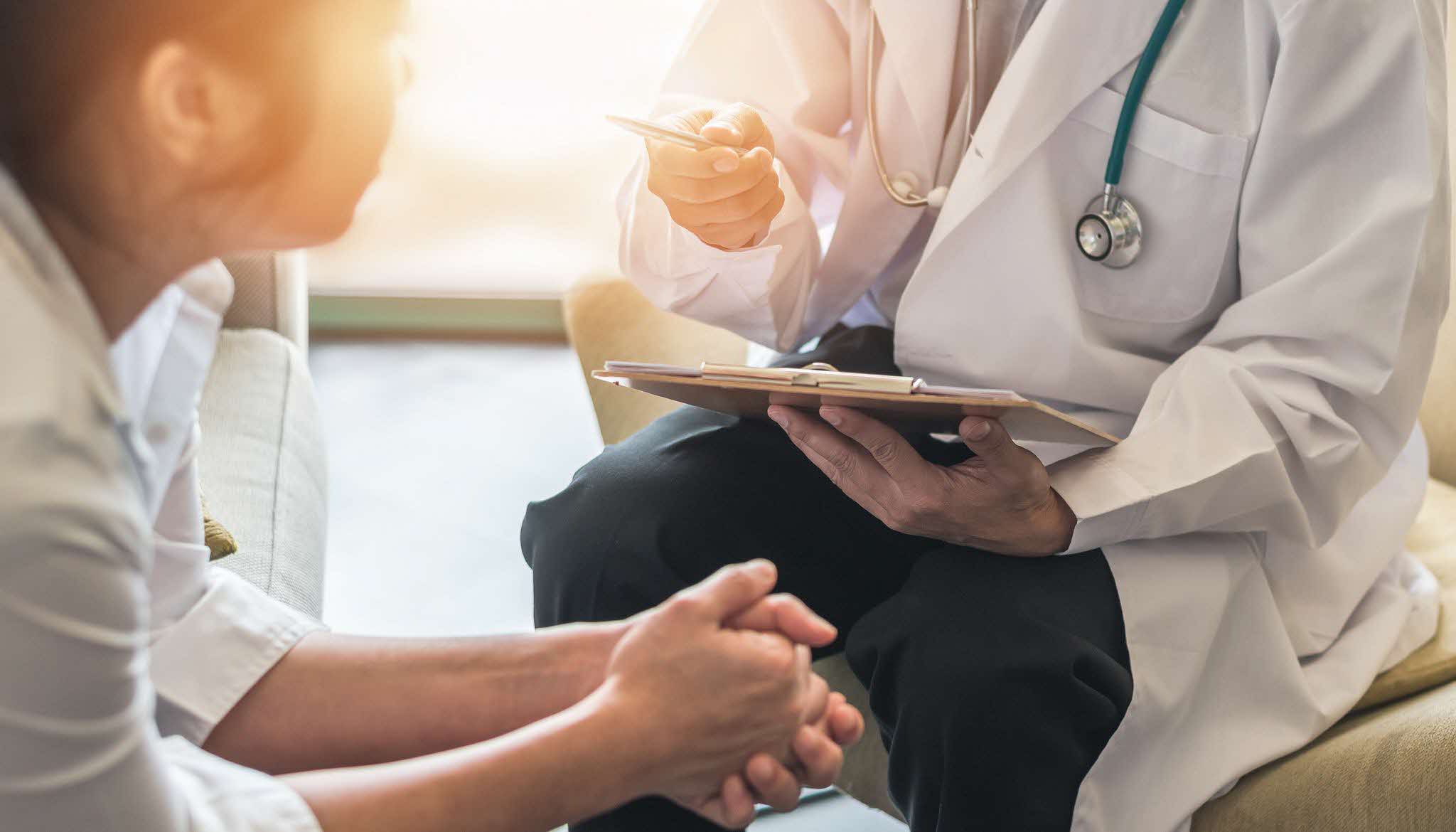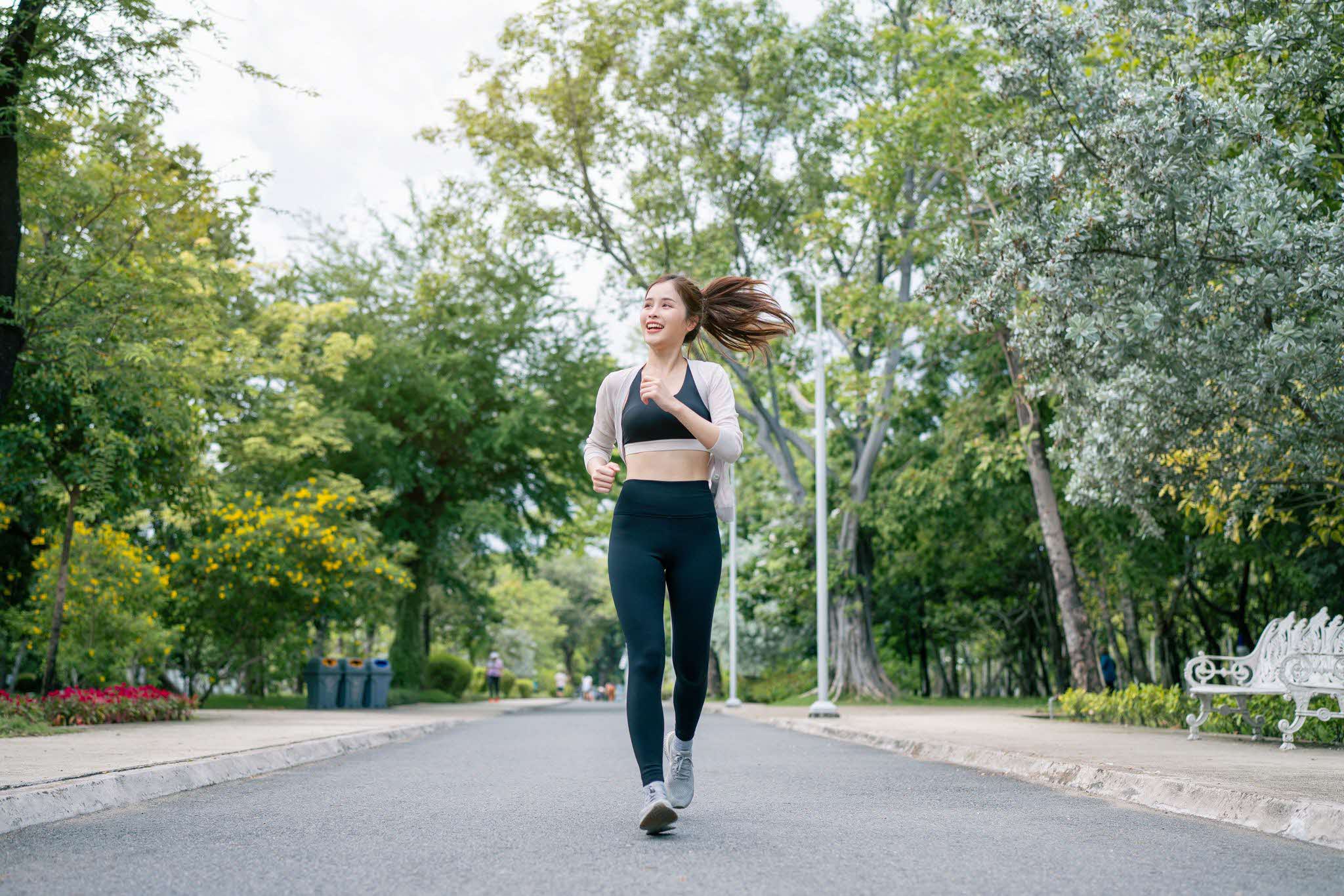Dr Su Jun
Associate Consultant, General Surgery
Tan Tock Seng Hospital
Breast self-examination is a simple check of your breasts that you do on your own to detect early changes in your breasts which may warrant review by a doctor. It is recommended that this be performed every month and ideally about 7 to 10 days prior to the start of your period when the breasts are less swollen and tender.
Why do breast self-examination?
Breast self-examination helps to increase awareness of your breasts via regular self-examination so that early changes can be picked up and reported to a health professional. This may sometimes be difficult if you have lumpy breasts or dense breasts which are common in Asia. However, with regular examination, subtle changes in the look and feel of your breasts can still be picked up. In fact, many patients who present with breast cancer first detected this via self-examination of a breast lump or changes in the look of their breast.
How to do breast self-examination?

The steps of breast self-examination can be divided simply into "Look", "Touch" and "Check".
Look:
Stand in front of a mirror and look out for any changes in breast shape, obvious visible breast lumps, skin changes or any nipple changes. You can start by placing your hands on your hips and gently pushing down on them to accentuate any asymmetry in the breasts by tensing the underlying muscle. Thereafter you can raise your arms above your head to look for any changes in the underside as well as in the armpit part of your breasts.
Touch:
After you have completed the "Look" component, use the middle 3 fingers of your hand to feel your breast by gently moving in a circular manner from outer area towards the nipple. Feel for any breast lumps or areas of lumpiness. If you have noticed any abnormality in either breast while looking in the mirror, check the normal side first so that you are more aware of any differences between the two sides. Do remember to also check under the armpits for any lumps. At the end, gently press around the nipple area to check for any nipple discharge. Do note down the colour and characteristics (e.g. both sides vs one side) of any nipple discharge if this occurs.
Check:
Lastly, check for breast lumps by pressing on the entire breast from the armpit to the cleavage area with slightly more pressure. You may do this in a circular manner similar to the previous step as well. The aim here is to feel for any deeper breast lumps which you may not have noticed during the previous step. Repeat these steps for the other breast as well. Consider repeating the examination while lying down also, as the breast tissue will be more spread out and it may be easier to detect small breast lumps.
Finally, repeat these three steps on a monthly basis to familiarize yourself with the look and feel of your breasts and to look for subtle changes in them.
What if I see or feel any abnormality in my breasts?

If you detect any abnormality in your breasts, do not panic! Arrange to see your general practitioner or polyclinic doctor early and report these abnormalities you have detected. He or she may then perform a more thorough clinical breast examination and then refer you for further imaging tests or to see a breast surgeon. The breast surgeon may then perform further tests which can include taking a tissue sample called a biopsy to diagnose any underlying breast abnormality.
It may be very troubling and worrying if you do notice any new changes in your breasts and are waiting to see a medical professional, however be reassured that many of these changes may not represent breast cancer.
Breast self-examination complements regular breast cancer screening via mammograms and is an important way for ladies to be familiar with and highlight changes in their breasts early to a medical professional. Do learn the easy steps of breast self-examination and encourage your family members to participate in this as well! Remember, early detection of breast cancer allows for early treatment and better outcomes!
References: Singapore Cancer Society "Breast Self-Examination"




